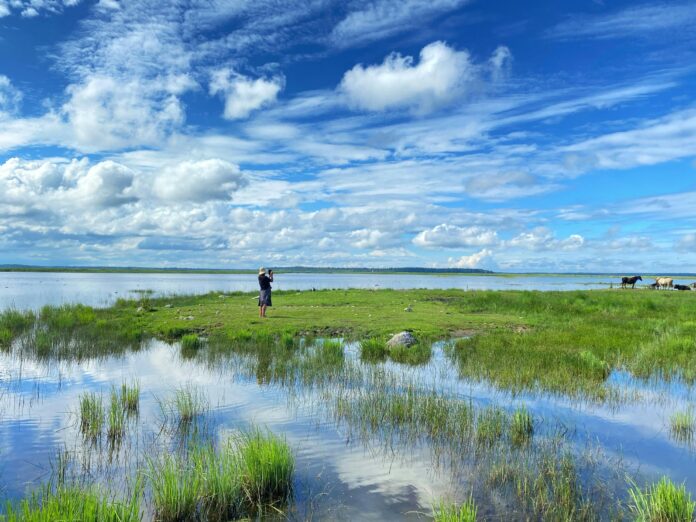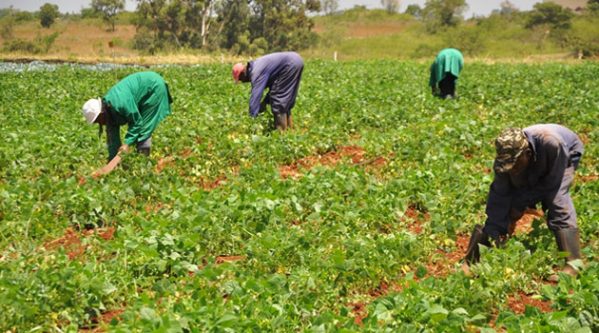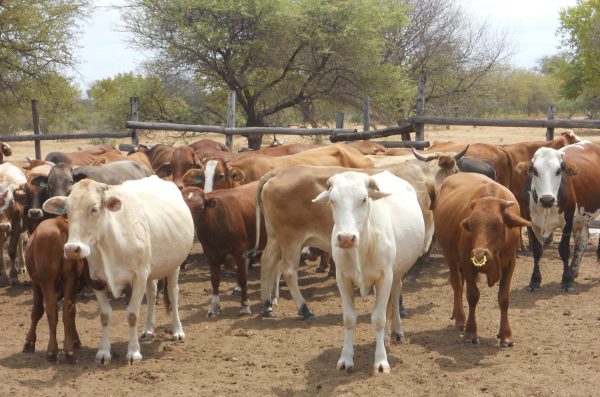Across Africa, millions of hectares sit underwater for months each year. Most people see these lands as useless, as farmers can’t plant anything that won’t rot. But communities throughout the continent figured out long ago how to make these soggy fields productive. Their methods work, they cost little and they turn problems into opportunities.
Why Waterlogged Fields Matter More Than Ever
Agricultural productivity dropped 34% across Africa since 1961, mainly due to erratic weather patterns. Seventy percent of the continent’s farmers work small plots without irrigation systems. They depend entirely on rainfall — too little kills crops, while too much drowns them.
Floods showed how bad things can get. Over 4 million people across West and Central Africa lost their crops to excessive rains. Nearly 1 million hectares remained flooded, washing away soil nutrients for future harvests. These aren’t isolated incidents anymore — they’re becoming normal.
Many regions now face a cruel cycle. Floods destroy crops during rainy seasons, and droughts hit during dry periods. Farmers need solutions that handle both extremes.
Ancient Wisdom on Raised Bed Systems
Generations of African farmers developed raised bed systems without any outside help. These weren’t accidents — they understood soil, water and crops better than many modern experts.
The science behind raised beds is straightforward. Elevation gets plant roots above standing water. Better drainage means more oxygen reaches root systems. Soil warms faster in spring, extending growing seasons. Crops survive both flooding and moderate drought because farmers control water levels.
Building effective raised beds requires specific dimensions. Make them 20-30 centimetres high and 2-3 metres wide. Dig drainage channels between beds, and fill them with stones or organic matter to improve water flow. Ensure materials like soil, compost, crop residues and animal manure are local.
Water drains away quickly after storms, preventing the root rot that kills crops in waterlogged conditions. Farmers can flood the channels between beds during dry spells, providing controlled irrigation.
Water Control Systems That Don’t Break the Budget
Terracing systems work because they manage water movement instead of just removing it. The trick involves following natural land contours.
Dig shallow depressions that guide excess water away from planted areas while allowing some infiltration, and position intake points at field edges where runoff first appears. Create gradual slopes so water moves steadily without causing erosion.
Detention ponds collect excess water temporarily, then release it slowly to prevent downstream flooding. However, maintenance patterns significantly affect performance. Repeating the same mowing routes causes water to flow to identical spots repeatedly, creating erosion and sediment problems.
Farmers can apply these concepts by creating temporary holding areas within fields. Size these depressions based on local rainfall patterns and soil absorption rates. Add vegetation around edges to prevent erosion while providing fodder or other valuable crops.
The secret is knowing where to put things. Walk fields during heavy rains to see where water collects and flows. Mark these spots, then build channels that redirect flow toward areas that need moisture. The goal isn’t eliminating water but controlling where it goes. Some parts of your farm need water to go fast, while others do better when you keep water around for dry times.
Groundwater Realities From Other Regions
Water management challenges aren’t unique to Africa. The Shakopee Mdewakanton Sioux Community in Minnesota uses 50 times more water than typical residential areas of their size.
Despite having surface water available, they rely entirely on groundwater due to quality issues with lakes and rivers. They’re pumping out too much groundwater, and levels could drop over 40 feet by 2030.
This teaches African farmers something important. Drain too much water, and your wells go dry when you need them most. You have to think about next year, not just this season. Sometimes, keeping water on fields longer benefits the overall system, even if individual crops suffer short-term stress.
Communities that manage water resources sustainably consider multiple time horizons. Quick fixes often create bigger problems later. The most effective approaches work with natural cycles rather than fighting them.
Soil Life in Saturated Conditions
Waterlogged soils develop unique biological conditions farmers can either fight or exploit. When oxygen levels drop, different microorganisms take over. Some produce compounds harmful to crop roots, while others break down organic matter differently than usual.
Traditional farming practices account for these biological changes through careful timing and crop selection. Working saturated soils could cause compaction that worsens drainage problems for years. The squeeze test works everywhere — grab a handful of soil and squeeze it. If water appears between fingers, wait longer before cultivation.
Adding organic matter introduces beneficial microorganisms while improving soil structure. Crop residues, animal manure and compost all help, but timing matters. Apply materials when soils can absorb them without creating anaerobic pockets that harm plants.
Rice varieties evolved specifically for flooded conditions. Their roots transport oxygen from leaves to root zones to survive where other crops drown. Traditional African rice cultivars often outperform modern varieties under extreme conditions because they were developed in challenging environments.
Smart Crop Choices for Problem Areas
Indigenous crop varieties handle waterlogged conditions better than most modern alternatives, while succession planting maximises returns from challenging areas. Plant water-tolerant crops immediately after flooding. As soils drain, switch to moderately tolerant crops. Finally, plant sensitive crops once drainage improves.
Intercropping disperses risk while maximising land use. Tall, flood-tolerant plants protect shorter, drainage-dependent ones. Root crops at different depths exploit various soil zones. Some plants pump oxygen into the soil through their root systems, benefiting neighbouring greenery.
Timing becomes crucial with mixed systems. Stagger plantings so different crops reach maturity at different times. If floods destroy early plantings, later ones might survive. If conditions stay dry, early plantings produce before water stress hits.
Making It Work on Real Farms
Implementation requires adapting general principles to specific conditions. Start small with test areas before modifying entire fields. Document what works and what doesn’t — weather patterns vary between years, so single-season results don’t tell the whole story.
Combine multiple approaches for better results. Raised beds work well with strategic drainage channels. Detention areas can double as fish ponds during wet periods. Terracing helps prevent erosion while managing water flow.
Community coordination multiplies individual efforts. Upstream water management affects downstream neighbours. Shared labour reduces costs for major projects like channel construction. Group purchasing of materials and seeds cuts individual expenses.
Success stories spread quickly when they deliver real results. Farmers copy techniques that work better than traditional methods. The most effective innovations simultaneously solve multiple problems — improving drainage while building soil fertility, preventing floods and storing water for dry periods.
Beyond Survival — Thriving in Tough Conditions
Transforming waterlogged lands demonstrates how traditional knowledge solves modern problems when properly applied. African farmers who master these approaches survive and thrive despite challenging conditions. The fundamental insight involves working with natural systems rather than against them.
Water isn’t always an enemy to be fought. Sometimes, it’s a resource to be managed, stored and redirected toward beneficial uses. When whole communities use these solutions, everyone benefits. More land producing food means families eat better. The techniques that restore waterlogged lands ultimately restore hope.

Jane is an agriculture and environmental journalist and the founder and editor-in-chief of Environment.co, where she covers sustainability and eco-friendly living.








